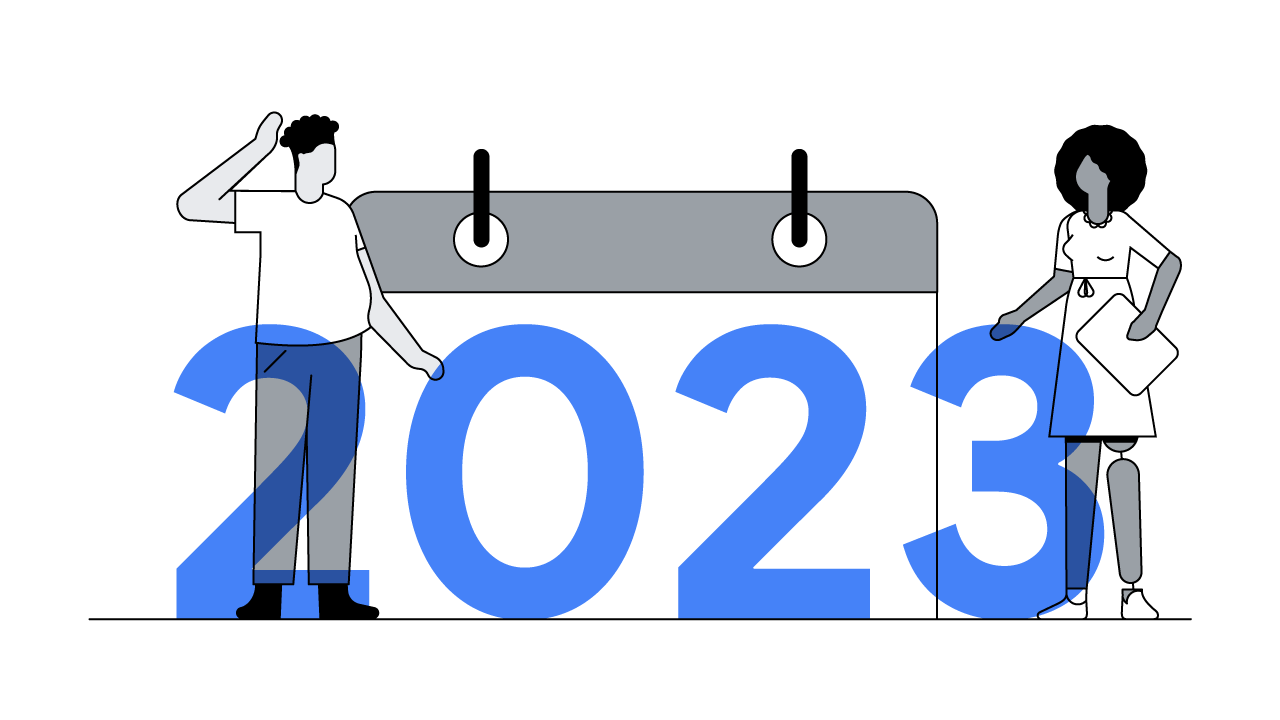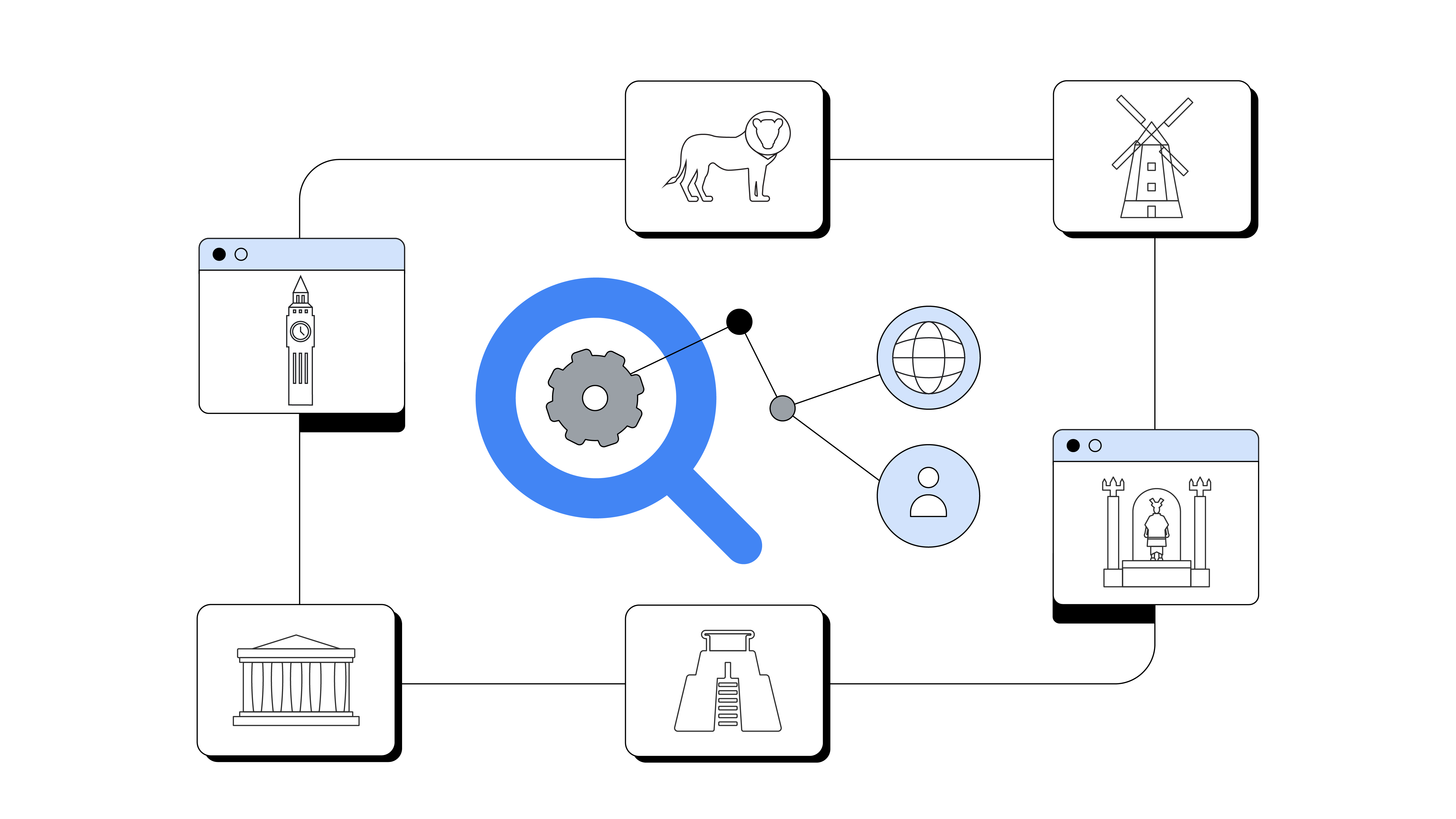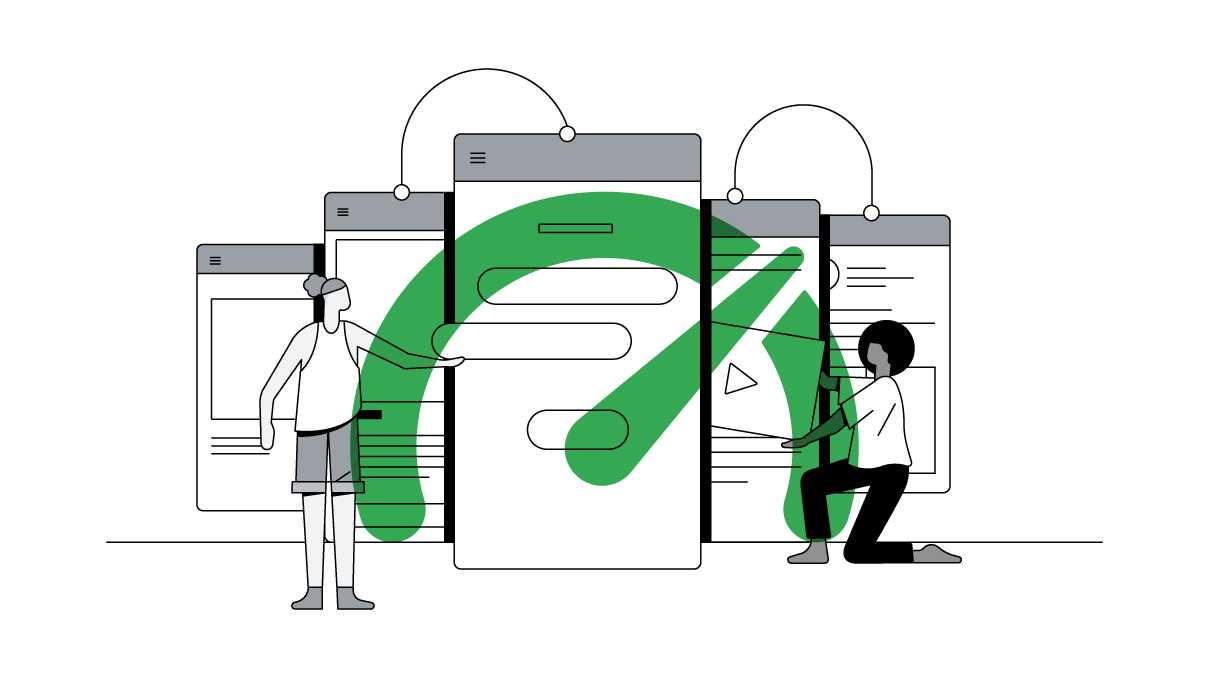When the very first UA Society Summit took place in London in collaboration with Google and AppsFlyer, 110 user acquisition managers from 11 countries gathered to exchange knowledge within the mobile app community. If you missed the event, here are three actionable tips the experts shared, which any app marketing professional can apply to add power to their user acquisition strategy today.
Tip one: Develop a robust plan for bringing out your UA game
User acquisition (UA) shouldn’t be an afterthought. For a game to succeed, UA considerations should play a role in the development of the game itself. “Collaborate with your product team to make the game ready for user acquisition with a polished first-time user experience”, says Marketing Director at Armada Interactive Janos Perei. As part of this, pay attention to the onboarding funnel and all key supporting ad technology, making sure that Software Development Kits (SDKs) are integrated and ready to go.
With your product launch date approaching, focus on behind-the-scenes planning. Set clear campaign objectives in terms of target volumes, quality and schedule based on sensible assumptions, and ensure campaign readiness by selecting the key markets, media partners and target audience, along with matching creatives to best solicit prospects.
Once your UA campaign begins, the work of course is far from over. “Endure campaign execution with the right amount of discipline”, Janos advises. “Try to implement your plans as best you can to correctly measure results, but don’t become overly rigid. Put planning buffers in place to handle unexpected events.” Then, maintain this flexible approach to improve your UA efforts as you move forward. “Always iterate on your planning based on your campaign learnings”, he affirms. Allowing your plans to evolve in this way will make them more accurate and sustainable in the long run.

Tip two: Leverage automation and look beyond the install
While many businesses once optimised their UA campaigns toward installs, new tools enable more sophisticated approaches where user quality – as opposed to quantity – is the key criteria. “If you want to make sure that you acquire high-quality users and that you pay the right price for them at every moment, automated tools such as Universal App Campaigns can maximise your impact”, says William Planques, Google Mobile App Promotion Consultant.
Universal App Campaigns now not only let you optimise the number of installs you get, but you can go beyond that and optimise for in-app events that happen after the install. This means you can focus on the users who offer more value to your business, without limiting yourself to specific demographics or to a specific segment.
How to do it right? It’s not about media optimisation anymore – it’s about the input you give to the tool. The most important task is defining the right event to optimise towards. In the context of your app, identify which events are a good proxy for high user quality. Then, make sure these events happen quickly enough (ideally within two days of the install) and frequently enough (about 30% of total installs). Once you’ve found your critical events, set up a Universal App Campaign in AdWords in minutes, and leave the hard work to automation.

Tip three: Connect the dots by using the right tools
According to Saikala Sultanova, Head of User Acquisition at Space Ape Games and co-founder of the UA Society Summit, user acquisition is a science where tools can help you calculate your way to success. “It’s important to test what you can, draw learnings and apply successful findings”, she says. “The natural environment changes, but staying in a testing mindset can keep you on the top of your UA game.”
For example, she advocates using post-install events and analytics to help you make better business decisions about where the next valuable target may be. And whenever you have empty spaces, fill them with metadata so you can supercharge your UA reporting with actionable insights.
Finally, she advises UA teams to constantly have a contingency plan. “Things don’t always go your way, so when you have Plan A, Plan B and Plan C to hand, you’re better equipped to move fast and still work towards your desired end goal. We can’t yet predict the future, but we can increase our chances of winning if we’re better prepared!”





